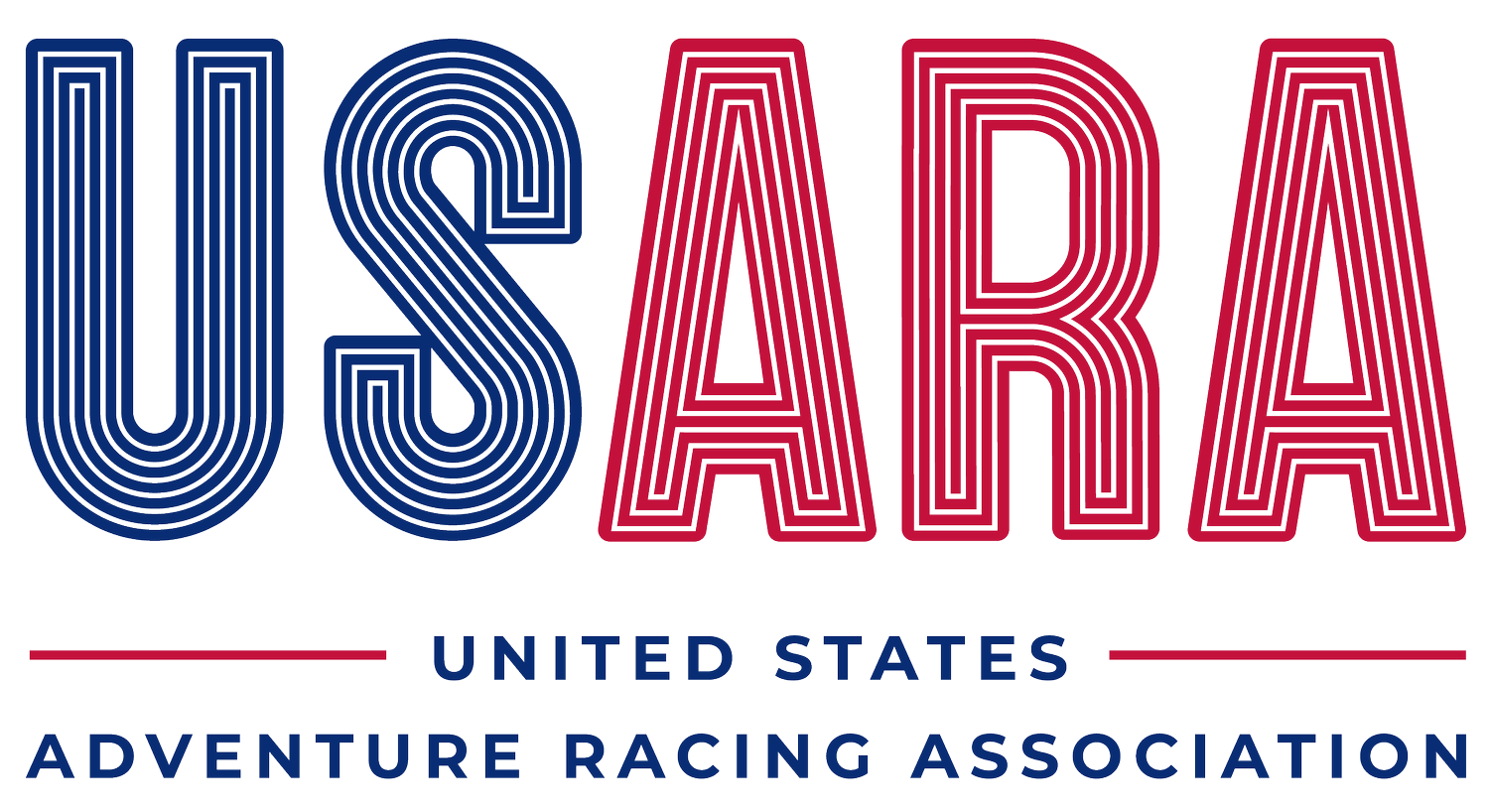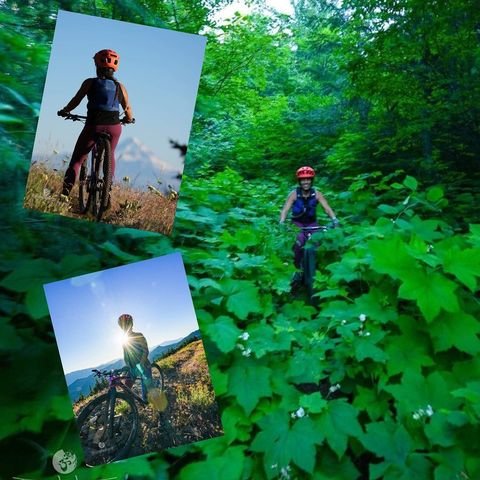Q&A With Bend AR Race Director Darren Steinbach
The last Regional Championship of the season is the Bend AR from Bend Racing. Race Director Darren Steinbach answered a few preview questions from USARA.
What are you looking forward to at the 2022 Bend AR?
I’m excited to show racers a little bit of what the Gorge has to offer. This is one of the few places where you can mountain bike in the shadow of volcanoes, run along high plane trails, paddle world class whitewater, climb, windsurf, paraglide, surfski, etc. all in one day. We’re not going to make racers windsurf this year, but you never know what we’ll do next year. This is an amazing area for an adventure race, but I don’t believe anyone has hosted one here since the Gorge Games back in the late 90s early 00s and I’m excited to be the one bringing it back.
How will it stack up as a USARA Regional Championship?
Our race will fit right in with the other two USARA Regional Championships in the western US. I’ve worked with the directors of the Never Summer and Teton Ogre races for several years and am always inspired by the events they put on. Our paddling section will be on whitewater that is a little more technical than you usually find in a similar length race but unfortunately because of late season snows and high water levels the paddle will be shorter than I had hoped.
How many years have you been directing the race?
This is my first time taking the lead directing the BendAR, but thankfully I have the whole Bend Racing crew backing me up and helping me out a ton. They have been putting on the BendAR for over 10 years; the 2013 BendAR was the first race I participated in. I have also been assistant race director for several of the Bend Racing events of the last couple years including the 2022 America’s Toughest Race: Expedition Oregon which was an amazing and transformative experience.
What is your approach to course design and how do you keep the race "fresh"?
Because this is the first time, we are hosting the BendAR in the Columbia Gorge it is easy to keep the race “fresh.” We are taking racers to a few unique landmarks that the area is known for, and we have designed the course so all of the incredibly taxing sections are rewarded with amazing views and a some big descents. We are also starting out the race with a fun adventure triathlon to get racers warmed up, within the first two hours they will bike, run, and paddle in the front country which will hopefully have racers smiling from ear to ear before we send them on a big 30-mile bike with 7000+ feet of gain in triple digit heat. Once on the course proper, I’ve tried to give navigators as many route choices as possible by eliminating as many points as possible that only serve to guide teams down a specific path, and I’ve tried to set orienteering points that are fun but get progressively more challenging as the race goes on.
How will fans be able to follow this year's race? Tracking link? Social Channels? Etc.
Unfortunately we are not providing official tracking for the race this year (look for tracking in future BendARs) but we will be posting updates to the Bend Racing Facebook and Instagram https://www.facebook.com/BendRacing/ https://www.instagram.com/bendracing
Race Preview: Can you give something about the course or the race to whet people’s appetite and get them excited? What will be challenging? What will be the most fun?
As a race director, the most fun on the course is the climb site; we have some distinctive low angle slab to climbs out in the middle of nowhere. I’m not a slab climber, so to me leading the climbs feels like death, there are no hand holds, the foot are all little dishes, and if you fall above your bolt you’re going to slide down a cheese grater until your belayer catches you. But, on top-rope with lots of safety, it feels like you can almost jog up the climbs. You feel like a hero.
Racers will probably say that some of the big descents on gravel and single track are their favorite parts. There are lots of route options on this course, but some of the best options are single track routes that take you along big ridge lines then down to rivers.
The biggest challenge will unfortunately be the heat. There is a lot of water on the course but there is a lot of vert between water sources and teams will need to race smart to stay healthy. It will be better to slow down rather than race at your normal pace and overheat. Other than the weather the biggest challenge will be the navigation on the second orienteering course. We’ve given racers the best maps possible but many of the roads in the area haven’t been used in decades and even the roads recently used for logging are all overgrown from the late winter and wet spring we’ve had. Most racers will also see this section at night which will add to the difficulty. Navigators will need to be on their game and pay close attention to topography for the entire trek.
Anything else to add?
I think I’ve probably already written too much. If you’ve made it this far and you’re not already doing this race you should give us a follow and come out for one of our events or come train with us. We put on private training camps and adventure vacations along with our 6hr, 12hr, 24hr, and multi-day races.

